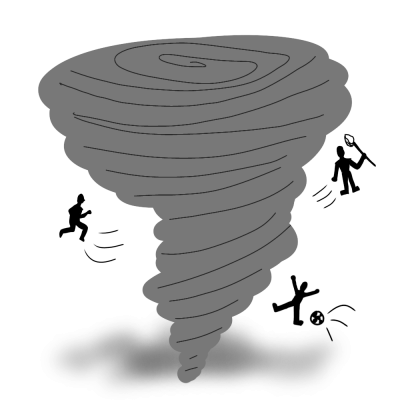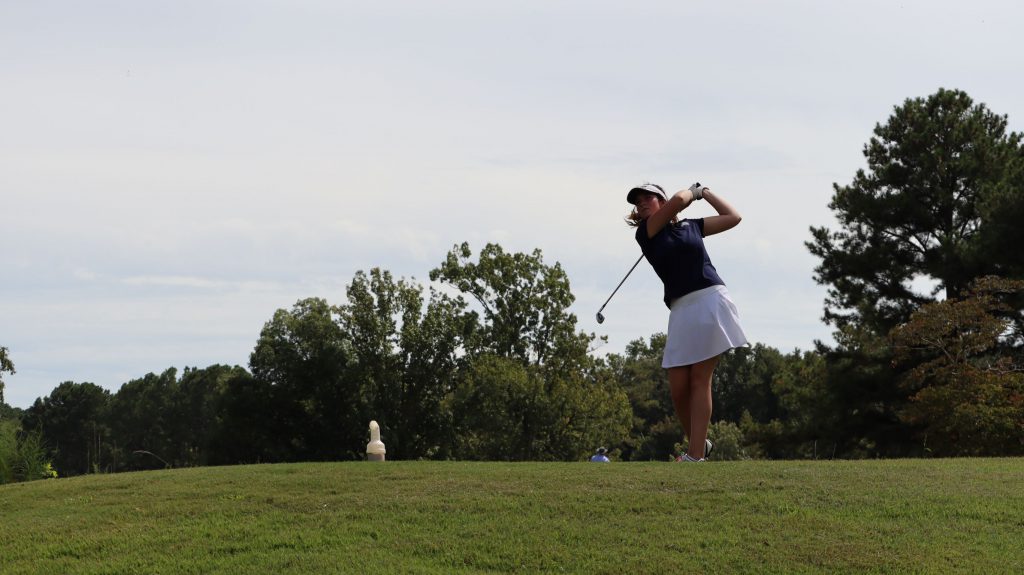Elliot Fylstra|Marlin Chronicle
With the removal of the one-time transfer exception rule, the transfer portal has been blown open, sucking in more athletes than ever before. Stories swirl about athletes transferring to their third school, teams losing their entire roster to the portal and teams building their entire roster through the portal. Transferring has become so prevalent that some athletes have to come out to inform the athletic world that they do not intend on entering the transfer portal to squash speculation. Paired with NIL opportunities, the transfer portal offers more options for athletes, especially at the DI level, but its impacts are rarely discussed at the DIII level.
When deciding to transfer, DIII athletes have two options. They can sign a self-release form which allows them to communicate with only another DIII school for 30 days without having to notify the school they currently attend. Any communication beyond the 30 days needs to be approved with another completed self-release form, and within seven days of the issuance of the second release, the school communicating with the athlete must notify the currently attended school of the communication. The other option is the transfer portal: an online platform where coaches have permission to contact any athlete in the portal. To enter the portal, the athletic director has to fill out a form in the portal that authorizes schools from any division to contact the athlete. All coaches at VWU have logins for the portal.
Men’s Basketball head coach David Macedo discussed the portal’s impact on recruitment for his program.
“For us, we do pay attention to it. We still recruit traditionally, but we were able to get two young men out of the transfer portal this past year that have been great additions, TJ East and Jeremiah Boetang,” Macedo said. “It’s something we look at because it is part of everyday recruiting now.” The portal has not been significantly disruptive for the program either.
“We’ve been very fortunate that the kids have enjoyed their experience. If we do have somebody that is not back with us, it’s usually just because they want to have an opportunity to play more elsewhere, and that’s fair because we keep a lot of guys,” Macedo said.
Although many athletes reach out to Macedo in hopes of joining his program, he prioritizes players that match the team’s culture.
“We’ve had a ton of kids contact us, and there’s a lot of kids maybe that might not be a great fit that we are real honest about,” Macedo said.
Athletic Director Andrea Hoover-Erbig is familiar with the effects of the portal. One of the biggest effects is the increased ease of transferring. “Before, if somebody wanted to try to go to division II or division I, we had to send an email giving particular institutions permission to contact our student-athletes, so it definitely has streamlined the process,” Hoover-Erbig said.
As a result, Hoover-Erbig said she has seen an increase in DIII athletes using the portal to seek out better opportunities.
“I think the other thing I see is people want to test the waters. They enjoy being here. They want to see what other options are out there,” Hoover-Erbig said.
Hoover-Erbig believes many athletes are drawn by the desire to play at a higher level or explore other options by putting their name in the portal.
Women’s Soccer player Camille Jernigan used the transfer portal to continue competing as a graduate student.
“The extra year of eligibility I received due to COVID-19 played a big role in my decision. Without that extra year, I don’t think I would have participated in the transfer portal,” Jernigan said.
The process was relatively easy for Jernigan.
“In my opinion, it really comes down to who you know,” Jernigan said. “My coaches at Longwood were incredibly helpful and guided me through the process. I’m really grateful for that because that is not always the case. Thanks to their connections, as well as mine, I was able to find the right fit for me at Virginia Wesleyan.”
Jernigan enjoyed her time as a student-athlete at Longwood University and did not feel the need to transfer during her undergraduate years. She credits this to her mom, who advised her to choose a college she loved devoid of sports.
Jernigan believes the overwhelming nature of the recruitment process is responsible for elevated transfer numbers in recent years.
“I think in today’s society, especially with social media, younger athletes can tend to feel rushed in the recruitment process. I think a lot of them take the first offer they get without really weighing all their options, and then they end up unhappy and wanting to transfer,” Jernigan said.
The attractiveness of the portal for unhappy athletes can be both good and bad, according to Jernigan.
“It gives them more control over their careers, especially when factors outside of their control, like coaching changes or personal circumstances, influence their decisions,” Jernigan said. “However, I think the portal can be harmful if athletes use it without fully thinking through their decision. It’s easy to get caught up in the excitement of a new opportunity, but athletes should consider the bigger picture. While the transfer portal can be incredibly beneficial, it should be used thoughtfully and not just as a quick fix when things don’t go exactly as planned.”
Overall, the changes in the transfer portal impacts DIII on a much smaller scale than at the DI level.
“I think at division I, the impact is a whole different ball game,” Hoover-Erbig said. “I think collegiate athletics, in my opinion, is the purest here at division III. People come; they’re not getting any scholarships. They’re playing because they love the game. I think division I, with the transfer portal and NIL, has blown up the four-year experience of being a student-athlete […] and so I think the negative impacts of the transfer portal, in my opinion, are seen much more at the division I level than at the division III level.”
By Sydnee Washington
sawashington2@vwu.edu

